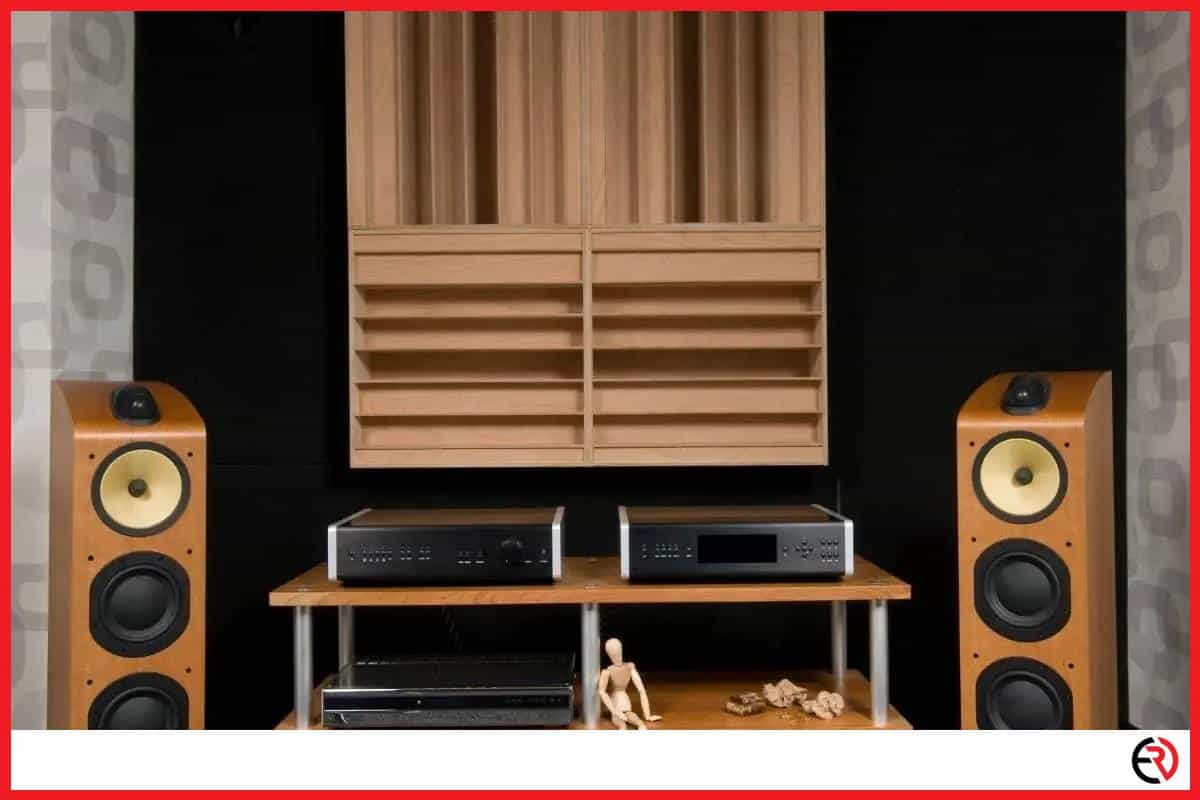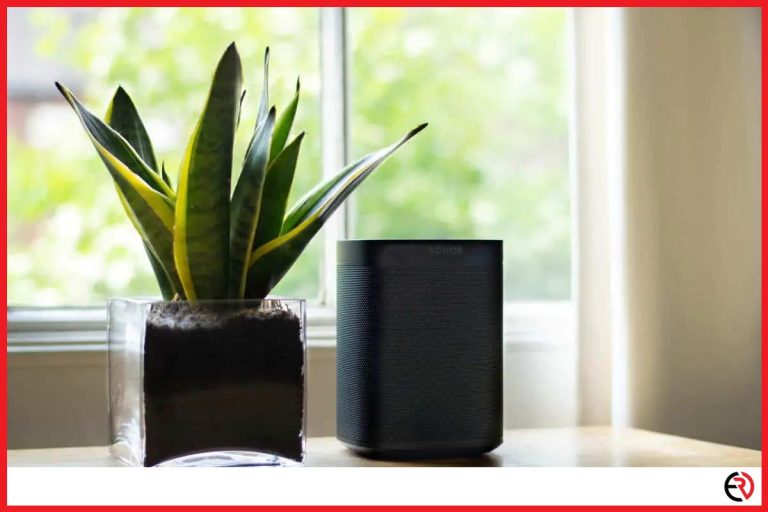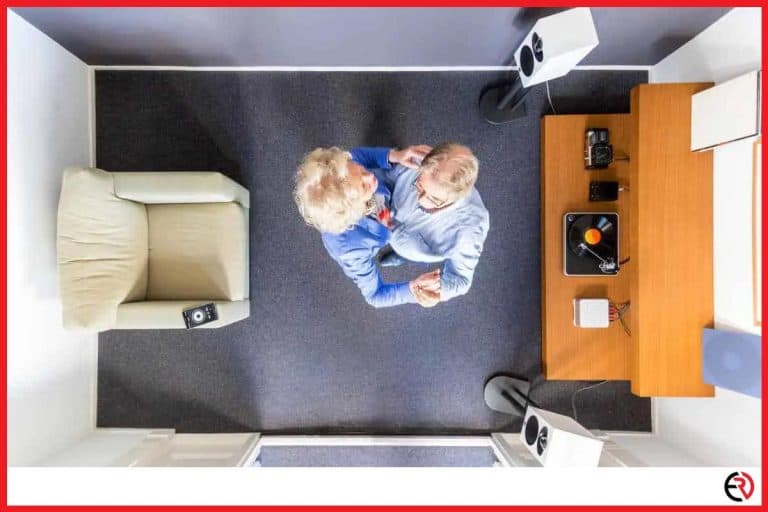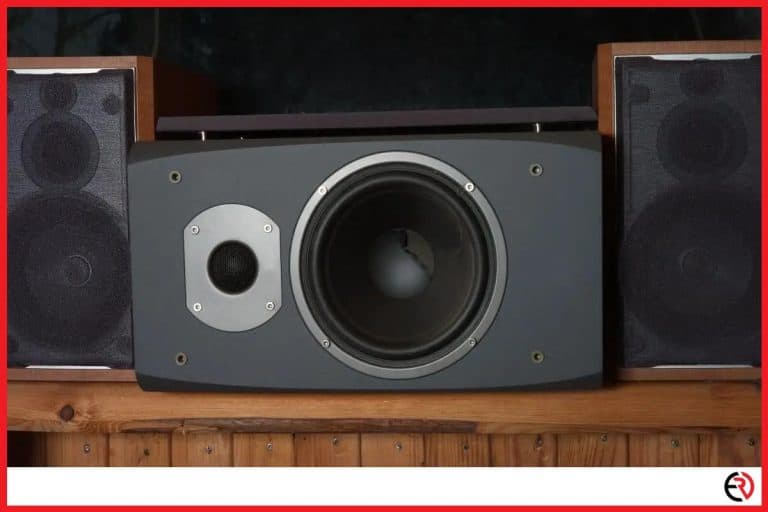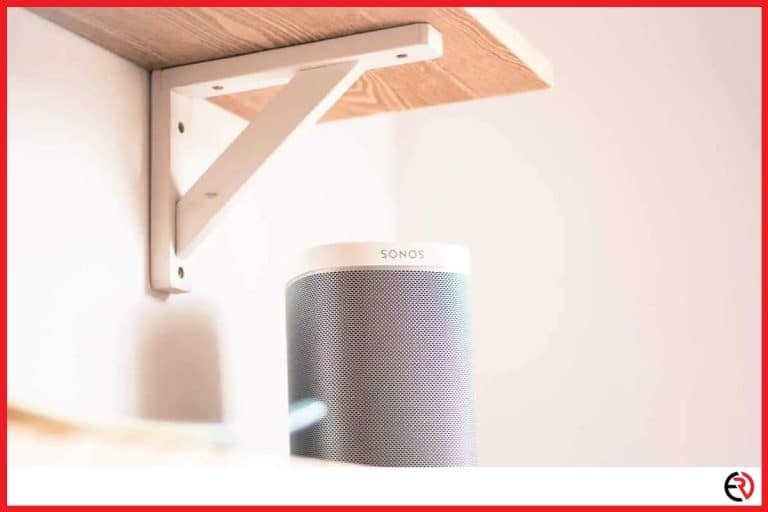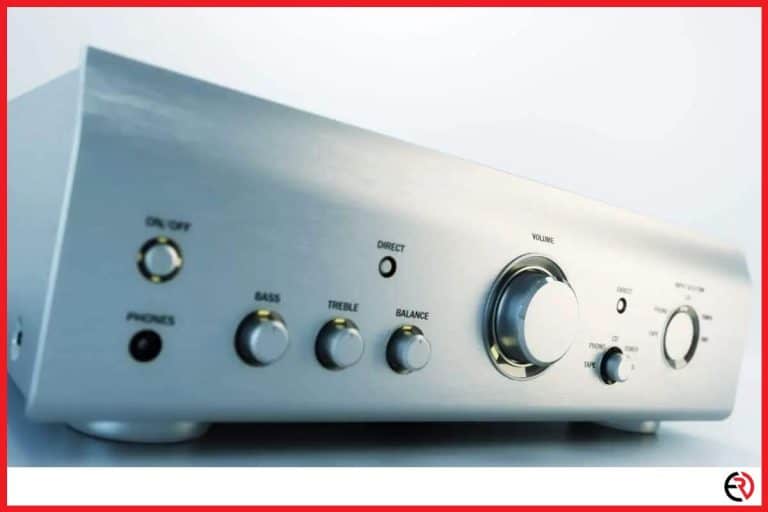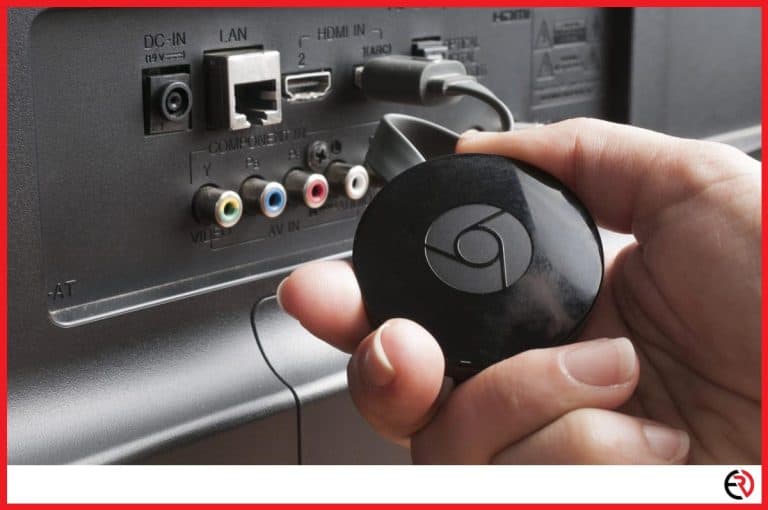How to Position Speakers in a Small Room
This post may contain affiliate links which means that, if you choose to make a purchase, I may earn a small commission at no extra cost to you.
Getting the best sound out of a small room can be a tricky endeavor. I know because I was only successful after several trials and errors with different types of speakers, room decor, and speaker positioning. In a small room, you have to consider how much time sound waves need to develop and how you should treat the room.
Your room shape and dimension decide the speaker positioning in a room. If it’s rectangular, your speakers should sit by the long wall, and if it’s a square room, you should set your speakers up at the corners.
Let’s explore how we can place speakers in a small room and why the shape of the room decides the acoustics and plays a major role in speaker positioning.
What is a small room?
The average-sized bedroom in the US is 11 feet by 12 feet and is considered small by most people. If you make that into your entertainment room, you have enough space for a lounge, wall-mounted television, and a chair or two at the side.
Everyone has a different definition of small. To a billionaire, a generously sized community hall may be “small” and to me, my studio apartment is “large enough”. So let’s get rid of subjective views and consider the above-mentioned dimensions as small. It works for most people.
Positioning of speakers in a small room
With small rooms, you have very limited space and that means you’re unable to pick up your music’s full acoustic range. In small rooms, you’re forced to listen to music in the near-field. That means your speaker’s direct sound is usually louder than the sound reflected off the wall. This kind of setup dampens the bass and mid-bass and may result in a flat sound signature.
In a small room, speaker setup is very tricky since the small space squeezes the soundstage. Think of a soundstage as a three-dimensional space where you can identify the location of each instrument in the music. Good soundstage helps to make your audio experience more immersive. That becomes challenging when the sound doesn’t get enough space to reverb, reflect and decay off of surfaces.
Rectangular Room
I have a work-from-home setup that can be converted into an entertainment room very quickly. If you’re wondering, foldable furniture is the secret. My room is rectangular and from my experiments, I’ve found that placing the speakers on the long wall is the most optimal position.
When you put your speakers on the long wall, the sound gets more room to reverb and reflect and allows you more seating space. However, you’re forced to the back wall to really enjoy the music. If you’re interested in a setup with more acoustic balance then you’re better off pulling the seat half a feet away from the back wall.
On the other hand, when I decided to put my speakers on the short wall, the soundstage got squeezed and I had very little seating space. The ideal seating space in this type of setup becomes so narrow that I can’t even fathom Netflix and chill. That’s why you should always opt to put speakers on the long wall in a rectangular room to get a more dynamic sound without sacrificing seating space.
Square Room
Things get even trickier in a square room. Since the walls are of the same dimensions, the sound waves are reflected at the same frequencies and you get a muddled sound that’s very unpleasant.
To get the ideal setup in a small square room I had to go the extra mile and wall mount my speakers at the corners.
What height should the speakers sit if I want to elevate them?
The speaker height is subjective to the type of speakers you have. If you have floor-standing speakers you may need to lift them just a bit if you have a low seating height. Lifting them too much isn’t ideal. If you have subwoofers, you should lift them to your ear level, around 1 – 1.5 feet above the floor.
As mentioned before, in a small square room, you’re better off wall mounting your speakers at the corners. However, when it comes to wall mounting your speakers, they need to be at the ideal height to match your ear level.
Types of speakers that fit well in a small room
The acoustic advantage of a small room is that the small space allows sound to magnify and increases the output of your speakers. That means you don’t need to invest in extremely high-end speakers that outperform your needs. Just make sure to buy speakers with a high sensitivity rating. This metric tells you the output your speaker can produce for every watt from one meter away. That allows your speakers to be louder with less power.
It’s also important to note that the size of your speaker directly correlates to the size of your room. Large speakers are terrible in a small room and small speakers don’t do well in a large room. Large speakers in a small room don’t allow the sound to decay properly while small speakers in a large room don’t allow the sound to reflect and reverb sufficiently.
In a small room, you’re better off with bookshelf speakers along with a decent subwoofer. The subwoofer can handle the bass while bookshelf speakers would create amazing high to mid-range frequencies.
On the other hand, if you have a 5.1 surround sound speaker or a soundbar for your TV you can only follow what’s already mentioned in the manual. For instance,
- The soundbar sits in front of the TV, preferably at your ear level.
- The 5.1 system would have the central unit and the subwoofer at the center in front of your TV while the side surround tweeters sit on the left and right to your listening position and the rest sit behind your couch.
Conclusion
If you have a small room make sure that you place your speakers and buy proportionally sized speakers according to this guide. That will work wonders as it did for me. I hope this article would help you with your setup so that you can enjoy crisp auditory bliss.

